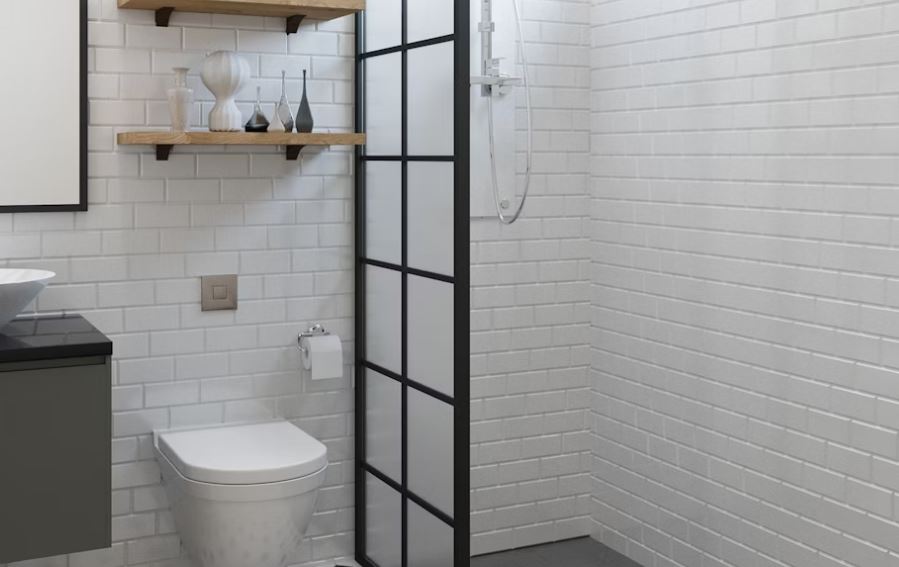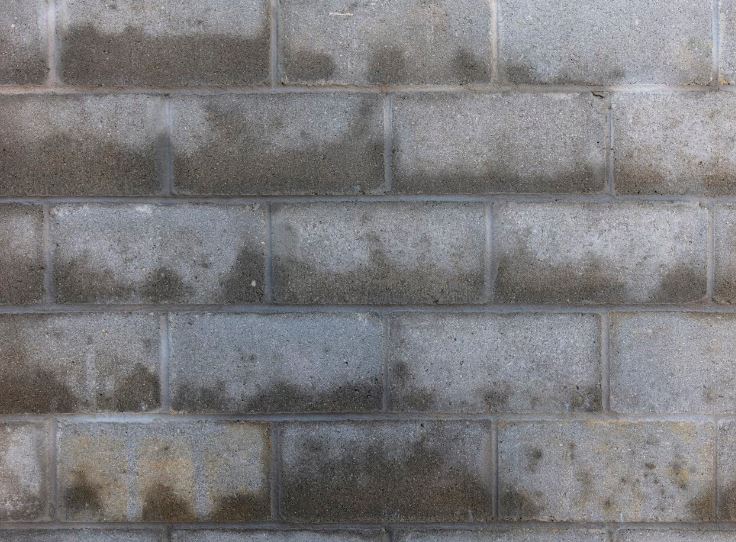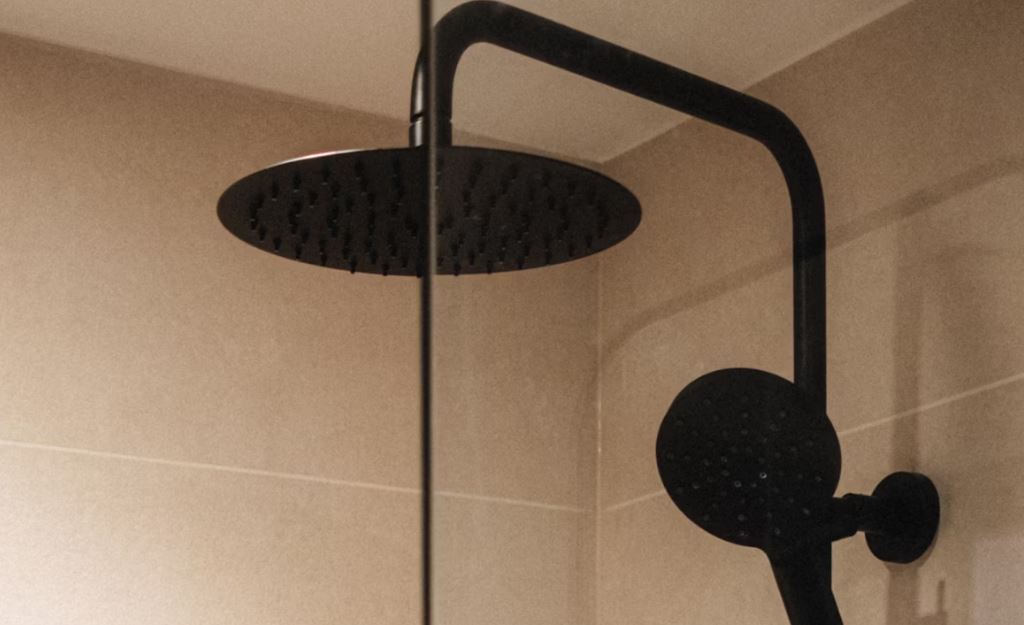
Is the drywall next to your shower getting wet all the time?
It might seem like a small thing, but it could cause trouble later.
Luckily, there are a few reasons why this might happen, and some are super easy to solve.
In this post, I’ll explain why the drywall next to shower getting wet, and how to stop it from getting wet. Plus, I’ll answer some FAQs at the end.
There are a couple of reasons why this could happen:
One of the main reasons why drywall next to showers gets wet is because water splashes out of the shower area.

This happens when the shower curtain doesn’t do a good job of keeping the water inside, or if there are no shower doors at all. Even how you shower can play a role – a high shower head angle or vigorous splashing can push water past the curtain.
Also Read: how to remove shower handle without screws
The grout and caulking in your tiles seals up the gaps and stops water from sneaking in.
But, after a while, that stuff can wear down from things like water, temperature changes, and just regular use. When it wears down, it can start to crack or leave little openings.
And when water finds those openings, it can seep through and end up soaking your drywall near the shower.
Sometimes, the problem isn’t with the tiles or grout, but with leaks in the plumbing.
These leaks can happen in lots of places, like from a busted shower head, old faucet seals, or pipes that have seen better days.

No matter where it’s coming from, the result is water getting where it shouldn’t be.
If it’s a shower leak, water might drip down the walls or pool up on the floor, eventually getting to the drywall nearby.
Even without leaks, drywall near showers can still get wet.
When you take a hot shower, steam can form and stick to the walls, making them damp. Plus, water from the shower itself can splash onto the walls and get absorbed by the drywall.
If this keeps happening, it can lead to soggy drywall and potential damage if you don’t do something about it.
Poor installation is also a cause.
Also Read: new vanity does not fit plumbing
If the shower was installed the wrong way, the water would sneak behind the tiles or walls, causing a lot of damage over time.
Let’s go over some short term solutions for this issue first.
We will go into more permanent fixes after that .
As a quick fix, you could try sealing up the gaps and lines around your shower with caulk.
Clean the area, apply masking tape (optional), then use a caulking gun to fill gaps with silicone caulk. Smooth the bead with your finger and remove tape before the caulk dries completely.
This might stop water from getting in and messing up the drywall even more.
But remember, this is just a temporary fix—it won’t solve the real issue causing the problem.
Another quick solution you could try is using special coatings or paints that are resistant to water on the part of the drywall that’s been affected.
These products can create a shield against moisture and stop the drywall from getting worse.
But before you slap on these coatings, you need to figure out where the water is coming from and fix that first. If you don’t stop the water from getting in, these coatings won’t do much good.
If you’re tired of dealing with the issue, it might be time to go for a more permanent fix :
Your first option is to replace the messed-up drywall with something like cement board or other materials made to handle showers.
Also Check Out Our: Luxury Gold Thermostatic LED Shower
Cement boards can handle moisture better, so it’s a good pick for bathrooms.
First, you’ll need to take down the old drywall carefully, then put up the cement board in its place. Make sure you seal up any gaps or cracks real good to keep water out.
Once the cement board’s up, you can go ahead and put up tiles or whatever you like on the walls, knowing they’re better protected against moisture.
Another way to keep your walls dry is by putting in shower doors or a curtain rod.
By enclosing the shower with a door or curtain, you’ll stop water from splashing all over the walls. This helps keep your drywall safe from water damage.
If you go with shower doors, make sure they’re sealed up tight to stop any leaks. If there are any gaps, water can still sneak through and start messing up your drywall again.
If you get a curtain rod, make sure it’s strong enough to hold up a water-resistant curtain.
Either way, you’ll be adding an extra layer of protection against water, which can help keep your drywall in good shape for longer.
To keep your shower area from getting water-damaged again, you need to stay on top of things.
Check your walls regularly for signs of moisture, like weird colors, bubbles, or peeling paint. If you see any of that, deal with it right away.
Also, use your exhaust fan when you shower and after you’re done to get rid of all the steam.
Wipe down the walls after your shower too, and every now and then, reseal the grout and caulk to keep everything tight.
FAQs
It’s not okay for drywall to get wet, even a little. Wet drywall can sag, soften, and even fall apart. Mold can quickly grow on wet drywall, leading to structural damage and health risks.
The amount of water it takes to damage drywall isn’t a specific quantity, but rather more about the duration of exposure. Even a small amount of water, like a spill, can cause problems if left unaddressed.




Leave a comment